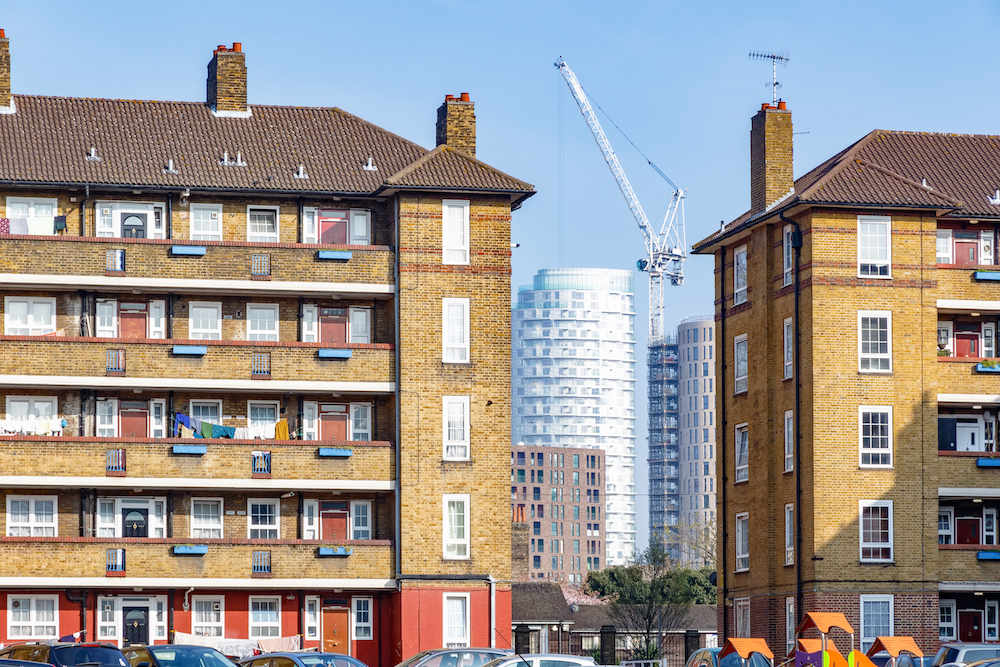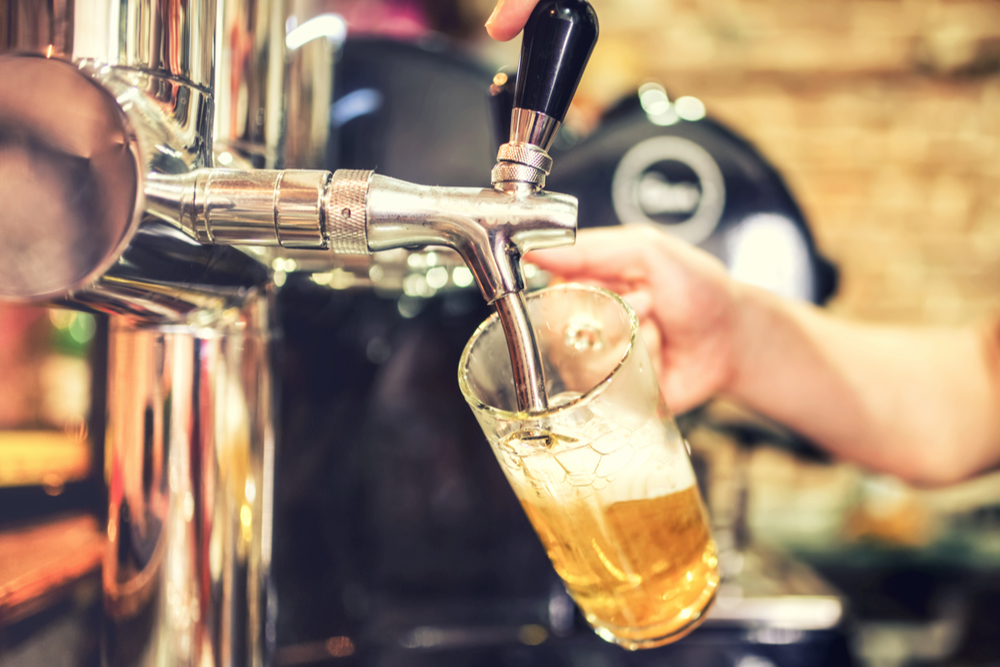
Right to Buy-back scheme sees 1,500 homes return to council ownership
The Right to Buy Back scheme, launched in July 2021 by The Mayor of London Mayor Sadiq Khan, has seen 1577 market homes brought back into public ownership.
To date, 14 London boroughs have been allocated £152m to purchase market homes that have been (or will be) converted into affordable housing, either council homes let at social rent or homes to be let as accommodation for homeless households. This includes a total of 908 homes to be let at social rent levels, the cheapest affordable council rents.
Right to Buy formed part of the 1980 Housing Act and gave council tenants who had lived in their house for more than three years the chance to buy their property at a price substantially below market rate.
Since the Act’s introduction more than 300,000 London council homes have been sold. The number of replacement council homes that were funded with Right to Buy receipts in London over the last decade (around 14,000) is lower than the total number of homes sold through Right to Buy over the same period (around 23,000).
While the number of Right to Buy sales has been declining in recent years, the policy continues to have a negative impact on the overall number of council homes in London.
Furthermore, recent research has found four in ten properties go on to be rented on the private market rather than the original mandate of boosting owner occupation.
Alongside the Right to Buy-back programme, Mayor Sadiq Khan’s initiatives to help increase the supply of council housing across London also include £1bn Building Council Homes for Londoners grant funding programme and his £10m Homebuilding Capacity Fund.
The Mayor hit his previous target of starting 10,000 new City Hall-funded council homes earlier this year and now aims to start a further 10,000 homes in a significantly shorter time – a total of 20,000 new City Hall-backed council homes by 2024.
Sadiq Khan said: “For more than 40 years, London’s precious council homes have been disappearing into the private sector, often never to be replaced. As Mayor I have maintained a relentless focus on stemming the tide and replenishing London’s social housing stock.
“I am proud that, thanks to my interventions, we have brought council homebuilding back up to levels not seen since the 1970s and I’m hugely encouraged by the enthusiasm I see from boroughs across London for building new council homes and using my Right to Buy-back scheme to return homes to public ownership.
“These homes were built for the public good and it has been painful to watch them disappear into private portfolios. Returning these homes to public ownership is a key part of my plan to build a better London for everyone – a city that is greener, fairer and more prosperous for all.”
Damien Egan, Mayor of Lewisham, said: “The Right to Buy-back scheme is already making a big difference in Lewisham, with families moving into their new homes.
“Thanks to funding from the Mayor of London, Sadiq Khan, we have been able to bring these homes back into public ownership, helping to house families on our housing waiting list, many of whom have had years waiting in hostels and B&Bs.”
In August last year, the Mayor expanded the Right to Buy-back programme to help councils support the arrival of Afghan refugees. Through this expanded offer, he funded London boroughs Hounslow and Islington to purchase 39 homes for recently arrived Afghan families.
Councillor Tom Bruce, Cabinet Member for Regeneration and Development at Hounslow Council, said: “We are delighted to be working with the Mayor of London on this fantastic scheme. With 188 languages spoken in the borough, Hounslow is a diverse community that has proud history of supporting refugees.”
“We recently purchased fifteen properties for Afghan refugees under this scheme and we look forward to them becoming proud residents of Hounslow.”
